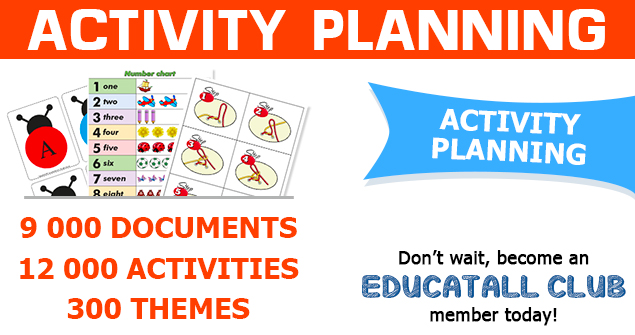Calming little ones
The sound of children crying is very familiar to parents and caregivers.
At times, certain cries seem useless. Our patience runs out and we are therefore unable to stop them. Whenever a child cries there is a reason. We may not agree that the reason justifies such cries, but it is important to consider the cries nonetheless. We may then adjust our reaction according to the source of the frustration.
Crying is the first method of communication used by children. For this reason, they may favour this method long after acquiring the ability to speak. Listening to crying is often irritating but it is of utmost importance that we remain calm and respond to the child's cries to ensure the child develops trust in us. I have prepared a list of suggestions. You may have to try several of them to determine which one offers the best results. My list is brief. Keep in mind the possibilities are endless. Each child is different and develops his own way of comforting himself.
Suggestions
- Your first reaction should be to think of the child's basic needs. Make sure they are all satisfied: hunger, thirst, fatigue, cold, hot, etc.
- Wrap the child in a warm, soft blanket. To warm the blanket, leave it in the dryer for a few minutes. Children love to feel warm and snuggled, it reassures and comforts them. What's more, when you rub the blanket on their cheek, it reminds them of the comfort of being curled up next to you.
- Offer movement. You may rock the child in your arms, in a chair, or in a small cradle or seat.
- Sing softly or play calm music. Children enjoy listening to nature sounds such as wind or water. You may also provide a small mobile or musical box. Leave it in a quiet corner for them to listen to over and over again.
- Distract the child. Go to another room or activity corner. Suggest a game or set up a corner just for him. Some children cry when they are over-stimulated.
- Ask parents to list the methods they use to calm their child. Review their list with them several times throughout the year since children and the methods which successfully calm them change. Question parents about which situations trigger their child's cries. This may help you avoid them.
- Teach the child to calm himself. Remain calm to play down the importance of the situation. Dictate, using a gentle voice, what the child may do to calm down. Show him that you are there for him but that he has the necessary resources to comfort himself.
Sonia Leclerc
No element of this text may be copied,
reproduced, distributed, published, translated, downloaded, posted, or
transmitted, in any way, without prior written authorization from
Educatall and the copyright holder. Elements may be posted and/or
downloaded solely for personal and non-commercial use provided no
modifications are made and all notices of intellectual property are
fully shown (name of the author, title of the article, name of the
website, date the text is used and the date of the part in question).

 Home
Home Theme activities
Theme activities
 Babies and toddlers
Babies and toddlers
 Arts and crafts
Arts and crafts
 Science
Science
 Creative recipes
Creative recipes
 Tips and tricks
Tips and tricks
 Special needs
Special needs
 Extra activities
Extra activities
 Educ-TV
Educ-TV
 Newsletter
Newsletter  Online store
Online store Educatall club
Educatall club
